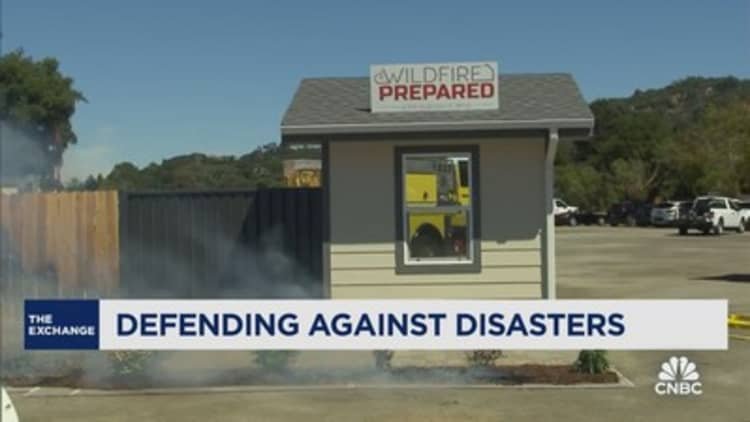Understanding Flood Risks and Insurance Coverage in the U.S.
Flooding is a significant concern for many homeowners in the United States, particularly in states like Texas, which are frequently affected by severe weather events. In this territory, flash floods, overflowing rivers, and tropical storms often lead to considerable economic damage, resulting in billions of dollars in insured losses annually.
Widespread Flood Risks Across the Country
Flooding is not limited to coastal regions or areas near large bodies of water. According to the National Flood Insurance Program (NFIP) by FEMA, over the last two decades, 99% of U.S. counties have dealt with some form of flooding. Alarmingly, around 40% of claims made through the NFIP come from areas that are not designated as high-risk zones. This highlights the fact that flooding can happen anywhere—even in elevated terrains, as illustrated by recent events in Asheville, North Carolina, where Hurricane Helene caused extensive flooding despite less than 1% of households having NFIP coverage.
Additionally, Central North Carolina witnessed unprecedented flooding during the Fourth of July weekend when Tropical Storm Chantal made landfall, further illustrating the widespread nature of this risk. Local officials noted that the flooding was unlike anything experienced in decades.
Why Homeowners Insurance Doesn’t Cover Floods
Many homeowners may be surprised to learn that standard homeowner’s insurance policies typically do not include flood coverage. Insurance experts explain that flood-related disasters are characterized by "highly correlated losses," which means that when a flood affects one property, it usually impacts numerous others as well. Daniel Schwarcz, a law professor specializing in insurance law, notes that about 90% of federally declared disaster events involve flooding.
While policies may offer some water damage coverage—such as for burst pipes—these do not extend to damage caused by rising water levels. Traditional homeowner’s policies specifically exclude coverage for flash floods, which occur suddenly and with little warning, underscoring the need for separate flood insurance.
Securing Flood Insurance
Given that most standard homeowners insurance policies do not cover flood damage, securing a flood insurance policy is essential for those at risk. Homeowners can obtain flood insurance through FEMA’s NFIP, which is the primary source of flood coverage in the U.S. This program generally provides up to $250,000 in structural damage coverage and an additional $100,000 for personal property.
As of early 2024, the NFIP has issued over 4.7 million flood insurance policies, covering more than $1.28 trillion in property value. It’s important to note that if you choose to go through the NFIP, there’s typically a 30-day waiting period before your new policy activates.
For homeowners with high-value properties or expectations of severe flooding, considering "excess flood insurance" might be wise. This additional coverage is offered by private insurers and can provide increased protection beyond what the NFIP supplies.
Exploring Alternative Options for Flood Coverage
While many people rely on the NFIP for flood insurance, alternative options exist. In recent years, several private insurers have started providing standalone flood insurance products. These options have become more accessible due to advancements in risk modeling, which helps insurers evaluate flood threats more accurately.
Recent data shows that the average cost of private flood insurance is about $98 per month, whereas FEMA’s NFIP policies typically average around $75 per month. However, the cost of coverage can vary significantly based on your geographic location. Homeowners should take the time to compare different providers, as prices can vary widely.
Experts recommend investigating both NFIP and private insurance options to find the most suitable and cost-effective coverage. This approach ensures that homeowners are equipped to handle the financial consequences of flooding, regardless of where they live.
By understanding the risks associated with floods and the intricacies of obtaining appropriate insurance coverage, homeowners can better protect their properties and financial investments against this prevalent natural disaster.
